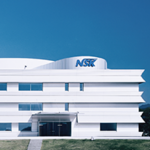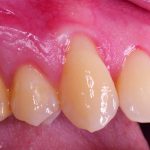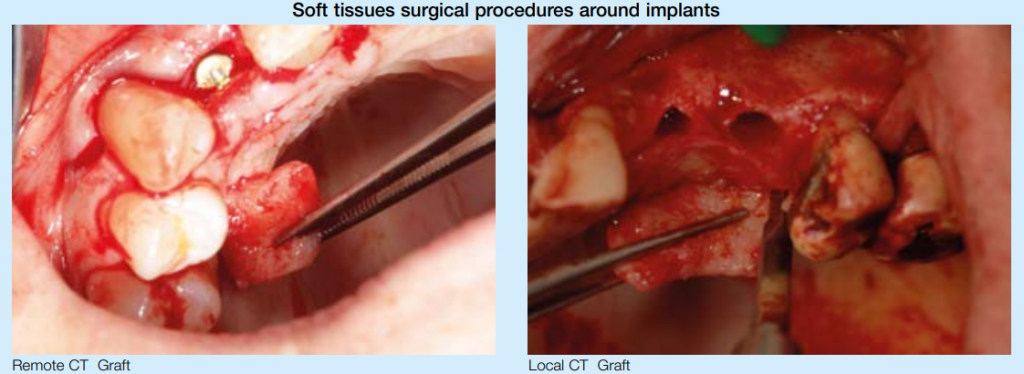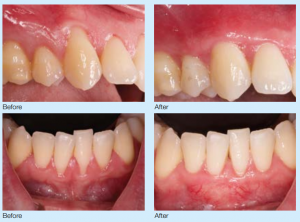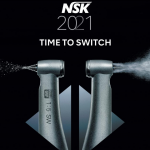NSK UK, market leaders in high-quality turbines, contra-angles and small equipment, is delighted to announce it has returned a substantial sum of government furlough money.
Throughout the pandemic NSK UK has maintained full operational capabilities to ensure that customers could be supported where and when necessary. In view of the uncertainty ahead NSK UK took advantage of the government help on offer back in April 2020, but Managing Director Alexander Breitenbach said it would now shoulder the cost itself.
He stated: “Since dentistry resumed in the UK we have seen our business steadily return; the management team in Japan and I didn’t feel it was right to take UK government money when it was not needed to support our business”.
All of NSK’s UK staff are now fully back at work and supporting dental professionals via phone, internet and, if necessary. practice visits.
Brexit has been an additional challenge faced by the dental industry, however NSK UK has prepared for these challenges and with the support of its parent company in Japan and supply chain hub in Germany, it has made sure the vast majority of its products are available and can be supplied to UK dental practices without delays.
Alex went on to say: “We are committed to maintaining our exceptional level of customer service and we are working hard to make sure we can support the profession effectively.”
For more information about the NSK product portfolio visit www.mynsk.co.uk.



